Real Estate Investing
The No. 1 Strategy To Build A Rental Property Empire
Published
4 years agoon
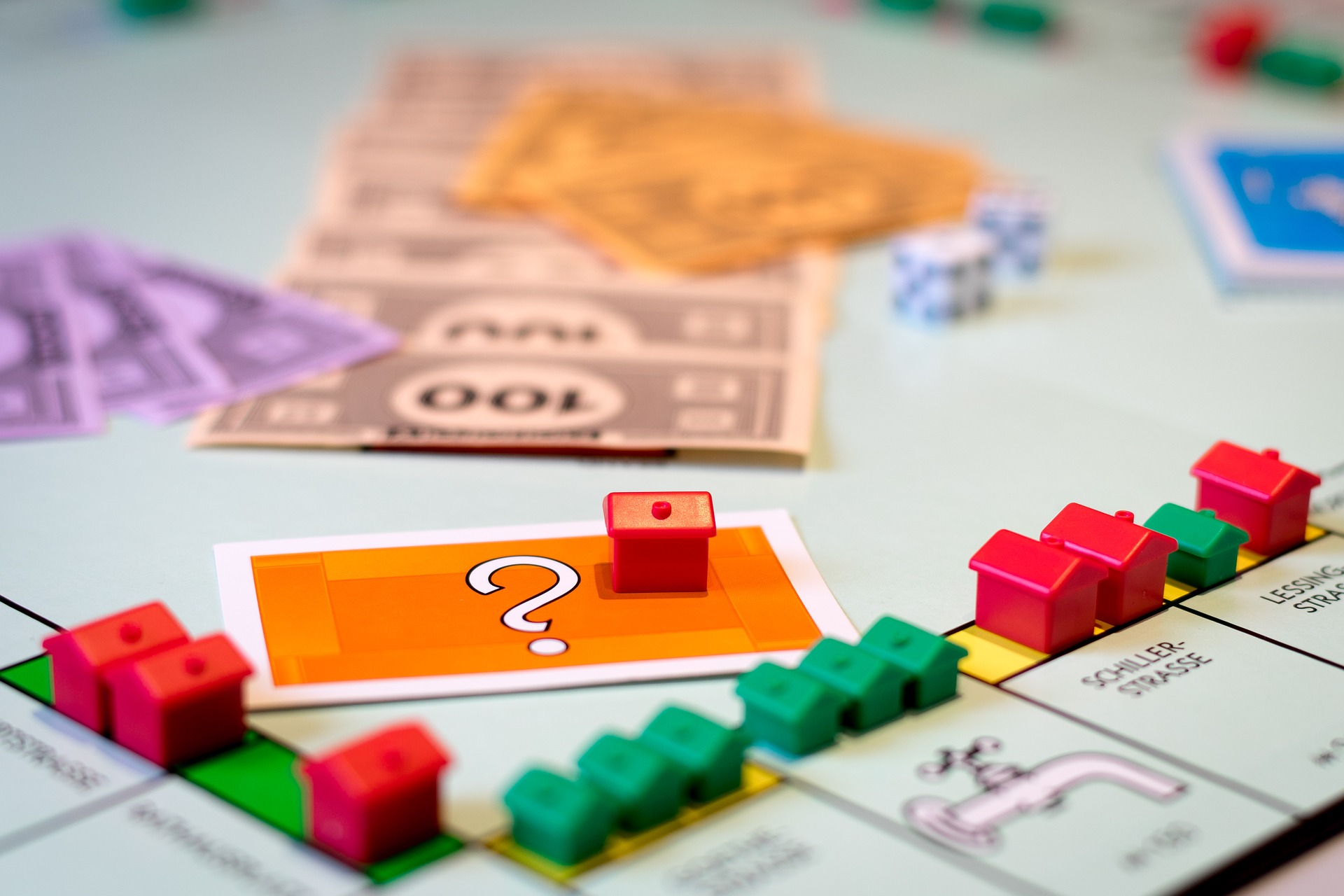
It’s impossible to buy enough rental property to retire with, right? It simply takes too long to save up, buy property, and a little rent over years
You just need too much money for down payments to keep buying.
Wrong.
It’s true that buying rental property is a very capital intensive process and it’s true that you generally need 20-25% down for your purchases (except your first few which can go FHA or VA).
It’s also true that most people don’t have unlimited funds and can’t keep putting 20-25% down.
But here’s the thing – you don’t have to keep putting money down.
There’s this really simply strategy that allows you to avoid doing all that. You guessed it, it’s called the BRRR strategy and I’m going to go into that in a lot of detail. But first…
A quick story about how I retired using the BRRR real estate method.

BRRR Strategy During the Great Recession
A long time ago I started using the BRRR strategy before anyone ever called it the BRRR strategy.
In a nutshell, it’s a way to buy property that allows you to preserve capital in order to buy more and more properties over time.
I’m going to get into detail on it in a minute, but I want to take you back to 2009 through 2013 during the deepest part of the great recession.
No one had jobs. No one could afford to pay rent. Housing prices dropped like a rock and flat lined like a hospital patient. There was no bounce.
It was just despair everywhere.
They call it the great recession, but in historical terms, it was clearly a depression.
…and I decided to get into real estate.
Everyone said I was crazy, and I was a little crazy. A lot of people had just lost everything, tenants weren’t paying, evictions were happening all over. It was rough.
But, deals could be found everywhere. The other benefit was since no one had work contractors were easy to find and would work for 1/3 what they charge now.
The hard part was finding money to invest and finding banks to lend.
I bought my first 3 family in 2009, then bought a 4 family a few years later in early 2012. This is a picture of the 4 family, sexy isn’t it?
By 2015 I had over 20 units. By 2017 I had around 35, and now in 2018 I’ve moved up to apartment complexes and have over 470.
This is the strategy I used to keep buying more property while continuously putting more money in my pocket.
Here’s how brrr investing works in real estate.
Using the BRRR Strategy to Build a Rental Property Portfolio
The overall Gist of the BRRR method is to add enough value to a property that when you refinance it you will get most, if not all of your capital back. This allows you to take your money and use it over and over again to buy deals.
Just in case you aren’t yet aware, BRRR stands for Buy, Rehab, Rent, Refinance. Alternatively, some people call it the BRRRR method which stands for the exact same thing, except the last R stands for “repeat.”
So, BRRRR method is Buy, Rehab, Rent, Refinance, Repeat.
Step 1 – Buying
There are 3 basic parts to buying any property – finding, analyzing, and closing the deal.
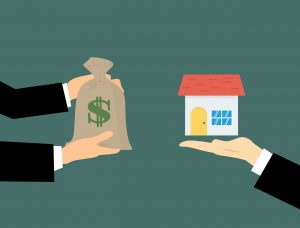
Finding a Deal
The most important part of the BRRR real estate strategy is to find great deals. Without an amazing deal, it simply doesn’t work (but that’s kind of true about making money in real estate anyhow).
In general, people refer to deals as either “off-market” and “on-market.” An off-market deal is essentially every sale that is not listed with a real estate salesperson on a listing service such as the MLS, LoopNet, or CoStar.
There are a ton of ways to find great off-market deals. These includes:
- Starting an Investor Website
- Direct Mail
- Knocking on Doors
- Bandit Signs
- MLS
- Bird-Dogs
…and a couple dozen more methods. The only thing limiting you is your imagination!
Analyzing Rental Property
It’s important to have a couple different calculators to get this job done. The most important is your “back of the napkin” calculator.
The reason why a calculator like this is so important is because you will literally look at hundreds of deals. It’s impossible to use an advanced calculator and cull through dozens of deals a week.
Instead, it’s best to use a very simple calculator, toss in the basic numbers, and just see if it’s even remotely close.
Once you do that, you can take the deal and do a deeper analysis. If it’s not any good, just toss it aside and you’ve saved hours of your time.
I put together a free BRRR calculator for you to use to screen deals.
Closing Deals
The most important part of closing a deal is….financing it.
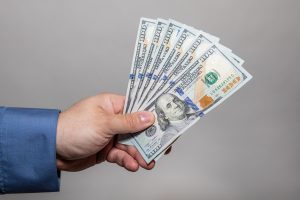
We’ll talk a bit more about financing at the end when we talk about the third R – Refinance, but it’s important to know that your financing up front will be different than how you refinance the deal.
Up front, you are generally using cash or some kind of private or hard money. Banks don’t like risk, and deals that need work are considered risky.
By using cash or private money, you’ll be able to purchase something with a bit of risk so you can add value.
The other reason is because distressed properties often need to close quickly. Banks are anything but quick.
So the key here is to use private money to purchase, then refinance into something longer term such as a good conventional or long-term commercial loan.
Step 2 – Rehab
You don’t want to rehab a BRRR rental property the same way you would fix a flip.
When you analyze a project for a flip, you look at the cost of the work vs the increase in value. If a kitchen costs 10k and increases the value by 15k, then it has a 50% return (15k – 10k = 5k return. A 5k return divided by 10k invested = 50% return).
That same kitchen may add value to your rental, but since you aren’t selling it, it’s the wrong way to measure value.
That $10k might add $15k in value, but add barely anything in extra rent. Since we are looking for cash-flow, I’d rather focus on renovations that add to the amount of rent I can charge.
BRRR Step 3 – Renting The Unit
Finding great tenants that will pay market (or higher) rents is key to your strategy. The 3 key steps are to find, screen, and retain.

Step 4 – Refinancing
The goal is to get your money back so you can repeat the process, which makes this step the most crucial.
because the rules for commercial lending are slighting different than personal lending, let’s take a quick step back and go over the rules/requirements for commercial lending:
- You will need around 2 years of “experience.” This can be rehab experience, landlord experience, or even experience as a realtor if you can convince the bank that it’s directly applicable.
- Most banks require 6+ months of “seasoning” before they will finance it at the market price rather than the purchase price. This means the property has been stable, fixed, and rented for around that period of time. Basically, they need you to justify the higher price with some evidence of stability and improved rents.
- Banks lend 75-80% of appraised value on this sort of deal.
It’s not hard to see the “trick” once all the criteria are laid out.
- Banks will lend around 75% of the appraised value after 6 months of seasoning.
- House flippers are looking to be “all in” for around 75-80% of the property value.
So, buy a rental property like you’re going to flip it, then just refinance it – you’ll get all your cash back plus long-term rental income.
But, in order for this system to work well, you need to be able to be “all in” for around 75-80% of value.
Step 5 – Repeat and BRRR More (aka brrrr)
Once you have most or all of your money back, it’s time to find another real estate deal to BRRRR! The extra R stands for Repeat.
You’ll have your cash back and a new stream of income. Could life get any better?
Have you ever used the BRRR Strategy? Tell me how it went in the comments below.
This article originally appeared on IdealREI. Follow them on Facebook, Instagram and Twitter.
You may like
Real Estate Investing
5 Recession-Proof Investments for Your Portfolio
Published
12 months agoon
May 3, 2023
By Sheryl Chapman
As we all know, the economy can be unpredictable at times. Recession is a common phenomenon that can affect the investments in your portfolio.
But don’t worry, there are some sectors that are likely to perform well—even during a recession. Here are five recession-proof investments that you can consider adding to your portfolio.
(Editor’s note***********:************ If you wanna learn how to start investing for retirement, check out the free lessons inside the academy! 📺)*
1. Consumer staples
Consumer staples are products that are essential to our daily lives, such as food, household goods, and personal care items.
These products are in constant demand, regardless of the economic climate. Companies that produce these items, such as Procter & Gamble and Coca-Cola, are considered recession-proof investments.
These companies have a stable revenue stream that can weather economic downturns.
2. Utilities
Utilities are another recession-resistant investment. People need electricity, gas, and water, regardless of the state of the economy.
Utility companies, such as Duke Energy and American Electric Power, have a steady stream of revenue and provide investors with a reliable source of income.
3. Healthcare
The healthcare industry is recession-proof because it provides essential services that people cannot do without. Companies that provide healthcare services or products, such as Johnson & Johnson and UnitedHealth Group, are likely to remain profitable during a recession.
4. Gold
Gold is a safe-haven investment that many investors turn to during times of economic uncertainty. Gold prices tend to rise during recessions because it is seen as a store of value. Investors can buy physical gold, gold ETFs, or invest in gold mining stocks.
GUIDE: 3 Ways To Invest In Gold In 3 Minutes Or Less 🔑📲
5. Treasury bonds
Treasury bonds are considered to be one of the safest investments during a recession.
These bonds are issued by the US government and are backed by the full faith and credit of the government. Treasury bonds provide a fixed income and are considered to be a low-risk investment.
In conclusion, these five investments are considered to be recession-proof because they provide essential products or services that people cannot do without.
Adding these investments to your portfolio can provide stability during times of economic uncertainty.
Real Estate Investing
5 Tips To Pricing Your Airbnb Listing For Maximum Profits
Published
12 months agoon
May 2, 2023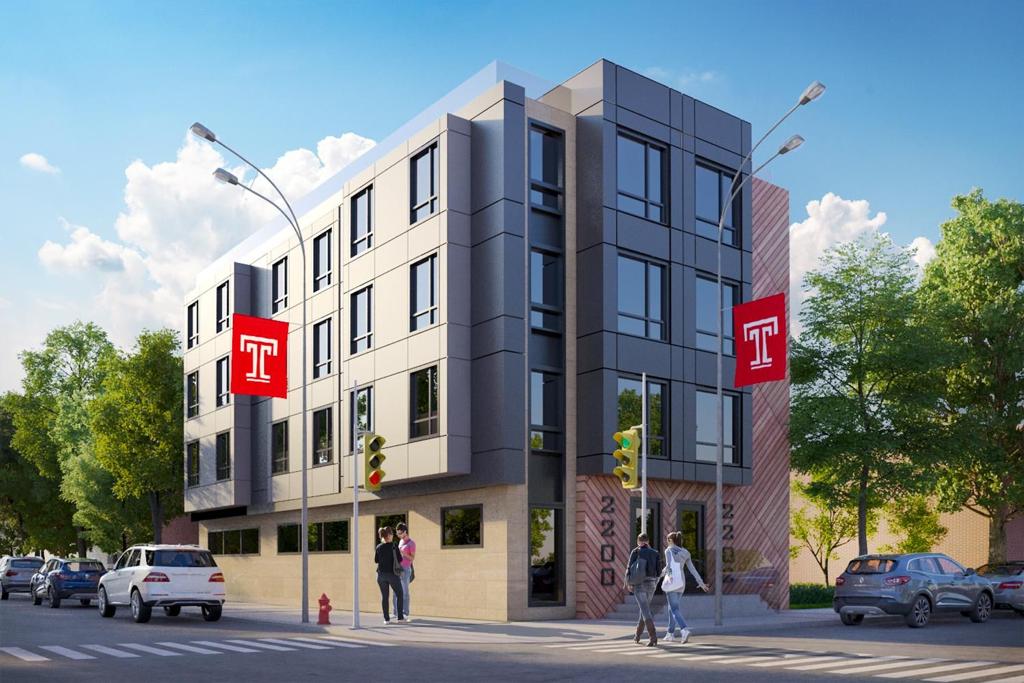
Airbnb has revolutionized the travel industry by providing an affordable and unique way for travelers to experience different destinations.
With over 7 million listings worldwide, it’s safe to say that Airbnb has become one of the most popular ways for travelers to find lodging.
However, as a host, one of the most challenging decisions you’ll face is determining the right price for your listing.
Pricing your Airbnb listing correctly is critical to your success as a host, as it can make or break your profitability.
Here are some tips to help you price your Airbnb listing for maximum profit:
Know Your Market
Before you set your price, it’s essential to research the market in your area. Look at other listings in your neighborhood, paying attention to the size of the property, amenities, and location. Check the availability of your competitors and the average price they charge. This information will help you determine your pricing strategy and ensure that your listing is competitive.
Consider Seasonal Demand
Seasonal demand plays a significant role in the pricing of your Airbnb listing. During peak seasons, such as holidays, festivals, and major events, you can charge higher rates. Conversely, during low seasons, you’ll need to lower your prices to attract guests. Keep track of events happening in your area and adjust your prices accordingly.
Offer Discounts
Offering discounts is an effective way to attract guests and increase your occupancy rate. Consider offering discounts for extended stays, early bookings, or last-minute reservations. You can also offer discounts to guests who leave a positive review or refer new guests to your listing.
Calculate Your Costs
To ensure that your pricing strategy is profitable, you need to calculate your costs. Take into account expenses such as cleaning fees, utilities, maintenance, and taxes. Factor in your time and effort as well. Your goal is to set a price that will cover all your costs while still allowing you to make a profit.
Be Flexible
Finally, be flexible with your pricing strategy. Test different prices and see how they affect your occupancy rate and profitability. Monitor your competition regularly and adjust your prices accordingly. Remember that the market is constantly changing, and your pricing strategy needs to adapt to stay competitive.
In conclusion, pricing your Airbnb listing for maximum profit is a crucial aspect of your success as a host. By researching your market, considering seasonal demand, offering discounts, calculating your costs, and being flexible, you can set the right price for your listing and maximize your profitability.
Happy hosting!
Real Estate Investing
3 Ways To Turn Your Room Into Money-Making Airbnb Business
Published
12 months agoon
April 28, 2023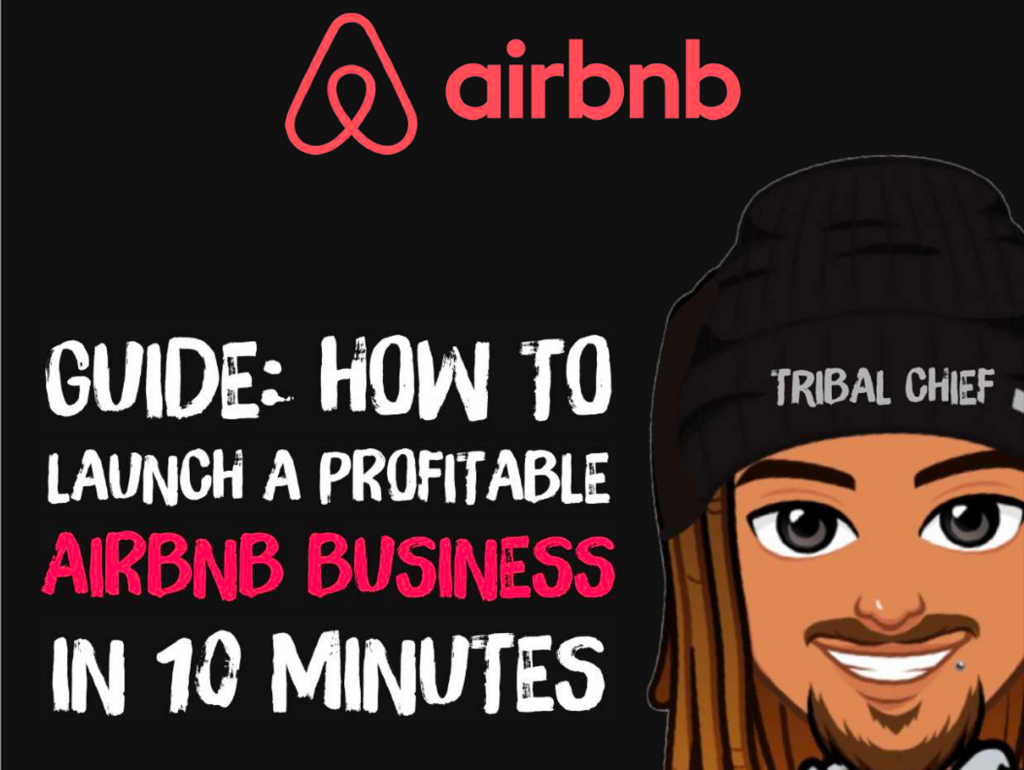
Are you looking for a way to earn some extra cash? Have you considered turning your spare room into a money-making Airbnb business?
With just a few simple steps, you can create a cozy and welcoming space that guests will love. In this article, we’ll explore three ways to get started on your journey to becoming an Airbnb host.
Here are three steps to get started TODAY.☕️🏠💰
1. Prepare Your Space: Before you start accepting guests, you need to make sure your space is guest-ready. This means cleaning thoroughly, providing fresh linens and towels, and decluttering the space.
PRO TIP: You may also want to consider adding personal touches like fresh flowers or a welcome basket to make guests feel at home.
Here’s a growth hack from the Airbnb lecture inside the academy: “A nice personal touch like a letter or a note can go a LONG way.”
Oh, by the way…he makes $500K/month from his Airbnb side hustle. (Watch it for free here.)
2. Create Your Listing: Once your space is ready, it’s time to create your Airbnb listing. (Here’s a guide on how to do this in 10 minutes. AND it pays you $25.)
This is where you’ll showcase your space and attract potential guests. Make sure to include high-quality photos, a detailed description of your space and amenities, and accurate pricing information.
You may also want to consider offering discounts for longer stays or adding extra perks like free breakfast or use of a pool.
3. Manage Your Guests: Once your listing is live, you’ll start receiving inquiries and bookings. It’s important to communicate promptly and clearly with guests to ensure a positive experience for everyone.
Make sure to answer any questions they may have and provide detailed check-in instructions.
During their stay, make sure to be available to address any issues that may arise and provide recommendations for local attractions and restaurants.
With these steps, you can turn your spare room into a profitable Airbnb listing and start earning extra income. Happy hosting!
Editor’s Note: If you want a step-by-step coaching session on how to set up your own $100K+ Airbnb side hustle, you can do so here. $49. Limited time only.
Top 5 Best Investment Strategies To Survive A Recession
The Top 10 Investment Opportunities To Capitalize On During A Recession
3 Gold Mining Stocks To Buy Today 📲
Ad 1
Trending

You’ve reached your free article limit.
Continue reading by subscribing.
Already a subsciber? Login >
Go back to Homepage >











You must be logged in to post a comment Login